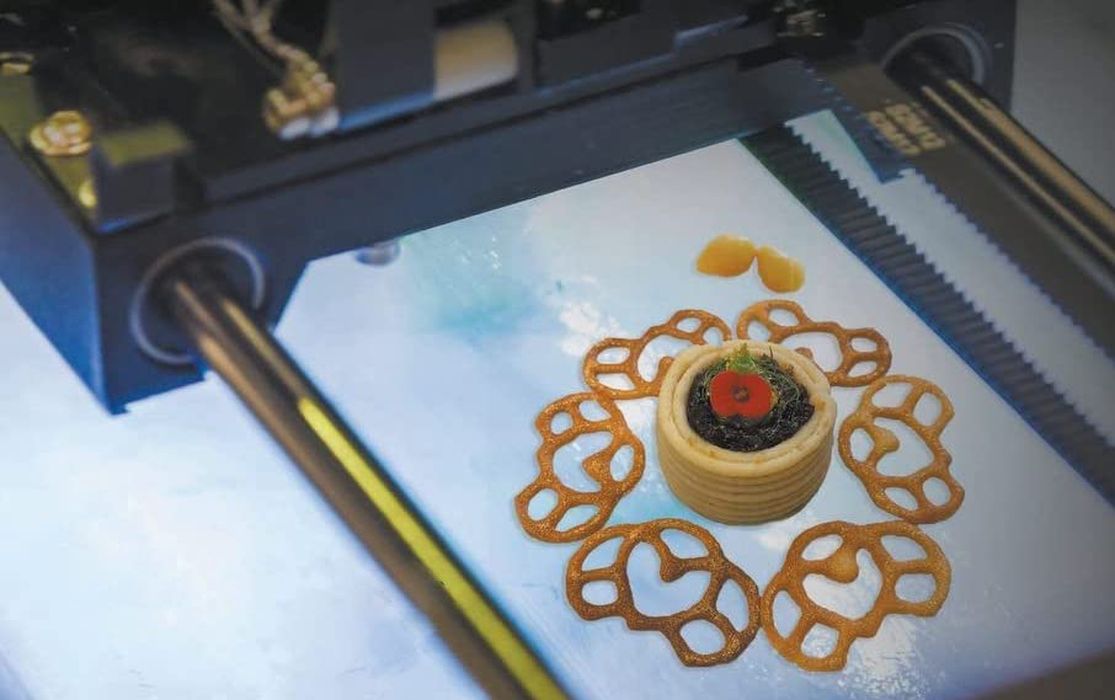
This week’s selection is “Digital Gastronomy: From 3d Food Printing To Personalized Nutrition”.
I’ve been looking for a book about 3D printed food for a while, and this one looks like it might fit the bill.
While 3D printing of food is almost always a question from those new to the technology, it’s really something that is not done frequently. In fact, it likely has the lowest activity of all the disciplines of 3D printing.
There are plenty of reasons why this is the case, but two big reasons come to mind:
3D printing is very slow and thus is not generally suitable for producing a meal on demand. No one would wait hours for a print to finish. While printed food can withstand lower resolution to speed up the printing process, it’s still too long for most practical on-demand applications.
The second issue is the materials. Most food 3D printers utilize only a single material, be it chocolate, dough or other food pastes. This makes for relatively boring dishes that are not particularly appetizing. There have been some experiments in multi-material food 3D printers, but we have yet to see any concept truly succeed.
This book delves into the science of food 3D printing in considerable detail. Not only is the technology discussed, but also business aspects for practical applications. These are typically “print ahead of time” approaches to counteract the delay issue.
The book covers four main areas of food 3D printing:
- Desserts / snacks (comprising dairy products, chocolate, sugars, and dough)
- Fruits / vegetables
- Meats /alternative proteins
- pharmaceuticals / nutraceuticals
As this is actually a textbook, each chapter contains questions and discussion points for the material, ideal for those studying this relatively obscure application of 3D print technology.
We’re an Amazon Associate and earn a small commission from qualifying purchases. Help support our 3D print news service by checking out this book!
Via Amazon
